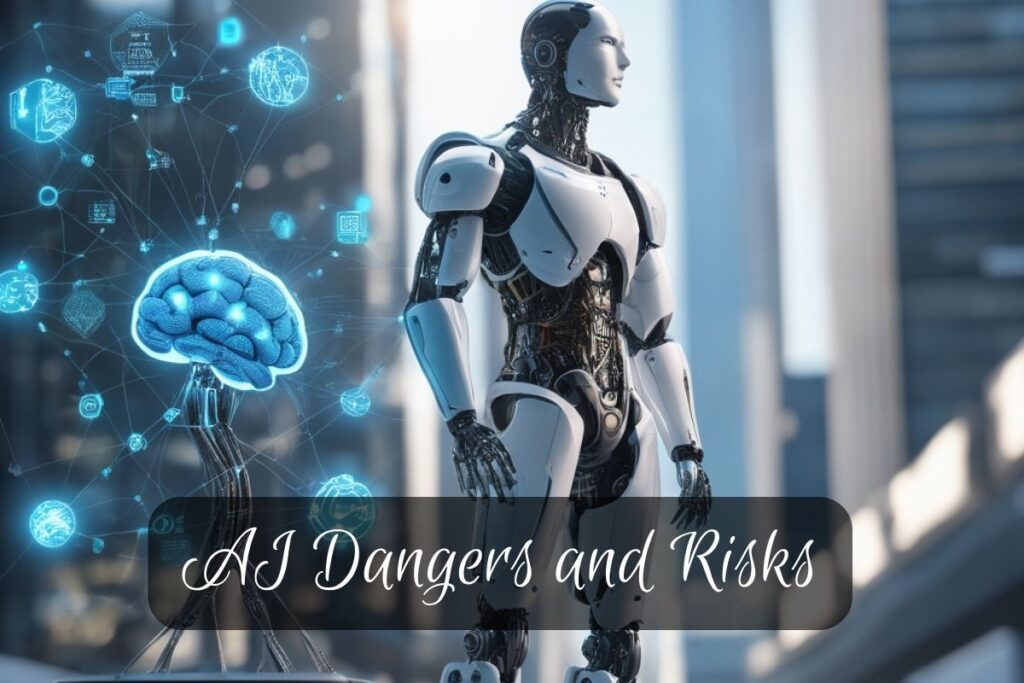Artificial intelligence (AI) is a type of computer program that can learn and make decisions on its own. It is still under development, but it has the potential to do many things that humans can do, such as driving cars, translating languages, and writing creative content.
However, AI also has the potential to be dangerous. Here are some of the AI risks and controls that need to be considered:
Job displacement
AI can automate tasks that are currently done by humans. This could lead to widespread unemployment, especially in jobs that are repetitive or require manual labor. Controls: To mitigate this risk, we need to ensure that AI systems are designed in a way that creates new jobs and doesn’t displace existing ones. We also need to invest in education and training so that people have the skills they need to succeed in the AI economy.
Bias and discrimination
AI systems can learn from the data they are trained on. If this data is biased, the AI system can also become biased. This could lead to AI systems making discriminatory decisions, such as denying loans to people of color or recommending lower-paying jobs to women. Controls: To mitigate this risk, we need to use unbiased data to train AI systems and to develop algorithms that can identify and correct bias. We also need to be transparent about how AI systems make decisions so that people can hold them accountable.
Privacy concerns
AI systems often collect and store large amounts of personal data. This data could be used to track people’s movements, target them with advertising, or even blackmail them. Controls: To mitigate this risk, we need to protect personal data by using strong encryption and by giving people control over their data. We also need to be transparent about how AI systems use personal data.
Security vulnerabilities
AI systems can be hacked and manipulated. This could allow hackers to steal sensitive data or take control of AI-powered devices. Controls: To mitigate this risk, we need to secure AI systems by using strong passwords and by keeping them up to date with the latest security patches. We also need to be vigilant about detecting and responding to cyberattacks.
Lack of transparency
AI systems can be difficult to understand and explain. This makes it hard to know how they make decisions and to hold them accountable for their actions. Controls: To mitigate this risk, we need to develop AI systems that are more transparent. We also need to educate people about how AI systems work so that they can understand the risks and benefits.
Unintended consequences
AI systems are complex and can sometimes produce unexpected results. This could have serious consequences, such as an AI-powered self-driving car crashing or an AI-powered medical device making a mistake that harms a patient. Controls: To mitigate this risk, we need to test AI systems thoroughly and to develop safety mechanisms. We also need to be prepared for the unexpected and to have a plan for dealing with it.
AI risks and benefits
The risks of AI are real, but the benefits are also great. AI has the potential to improve our lives in many ways, such as by making our healthcare system more efficient, our transportation system more sustainable, and our education system more personalized.
The key is to develop and use AI in a responsible and ethical way. We need to be aware of the risks and take steps to mitigate them. We also need to make sure that AI is used for good and not for harm.
By working together, we can ensure that AI is a force for good in the world.
